With the exponential growth of cyber threats targeting online platforms, implementing a strong and comprehensive web security policy has become an essential part of any organization’s cybersecurity framework. As web applications become increasingly complex and data-sensitive, failing to secure them properly can have disastrous consequences, including data breaches, reputational damage, and financial losses.
The development and deployment of a web security policy involve several important considerations that should be tailored to an organization’s specific infrastructure and risk profile. Below are some of the key factors to take into account when crafting an effective web security policy.
1. Understanding the Threat Landscape
Cyber threats evolve rapidly, with new vulnerabilities and attack methods emerging frequently. It is crucial to start by conducting a risk assessment to identify potential vulnerabilities in your web applications and infrastructure.
- External threats: These include hackers, phishing attacks, distributed denial of service (DDoS) attacks, and malware injection.
- Internal threats: Often overlooked, employees or contractors with access to internal systems can unintentionally or deliberately introduce security risks.
Understanding these threats helps in designing a security policy that addresses real-world dangers while avoiding unnecessary constraints.
2. Access Control and Authentication
Limiting who can access what in your web environment is a fundamental security principle. Implement role-based access control (RBAC) to ensure that users can only interact with data and functionality pertinent to their role.
In addition to user roles, the implementation of multi-factor authentication (MFA) can significantly enhance login security. Passwords alone are often insufficient as they can be guessed, phished, or stolen through various means.

Consider integrating single sign-on (SSO) solutions which improve user experience while maintaining centralized control over access policies.
3. Regular Software Updates and Patch Management
Outdated software is one of the most common attack vectors for web-based attacks. Ensuring that all components of your web application stack — including frameworks, libraries, servers, and plugins — are kept up to date is critical.
Your web security policy should mandate:
- Scheduled audits and updates
- Automatic alerts for outdated components
- Rapid deployment of security patches
This not only protects your systems from known exploits but also demonstrates a proactive approach to cybersecurity.
4. Secure Coding Practices
Developers play a pivotal role in web security. Encourage or require your development team to follow secure coding guidelines and best practices. Training sessions, code analysis tools, and peer reviews should be part of your policy to minimize human error and insecure coding patterns.
Key areas include:
- Input validation and output sanitization
- Proper use of encryption for data in transit and at rest
- Mitigation of common vulnerabilities like SQL injection, cross-site scripting (XSS), and cross-site request forgery (CSRF)

5. Monitoring and Incident Response
Even the best defenses can occasionally be breached. Therefore, your web security policy must include provisions for monitoring and handling security incidents. Set up robust logging systems and real-time monitoring to detect anomalies or unauthorized activity promptly.
A good incident response plan should outline:
- Roles and responsibilities during a security breach
- Steps to isolate and mitigate incidents
- Communication strategies (both internal and public)
- Processes for post-incident analysis and recovery
This way, organizations can respond quickly and effectively, minimizing potential damages.
6. Compliance and Legal Considerations
Depending on your region and industry, your web security policy needs to comply with various data protection regulations such as GDPR, HIPAA, or PCI-DSS. Ensuring that your policy aligns with legal requirements helps prevent litigation and promotes customer trust.
It’s vital to collaborate with legal advisors and IT auditors when drafting the policy to capture all necessary regulatory aspects.
7. User Education and Awareness
No matter how robust your web security infrastructure is, human error remains one of the weakest links. Effective training and ongoing awareness campaigns can empower users to identify threats such as phishing attempts, malicious links, and suspicious activity.
Use engaging content like simulations, workshops, and quizzes to reinforce secure behavior among staff and users.
Conclusion
A well-thought-out web security policy is not a static document, but a dynamic framework that adapts to evolving technologies and threats. By taking a comprehensive approach that includes technical defenses, user training, and legal compliance, organizations can create a resilient digital environment that protects both their data and their reputation.
